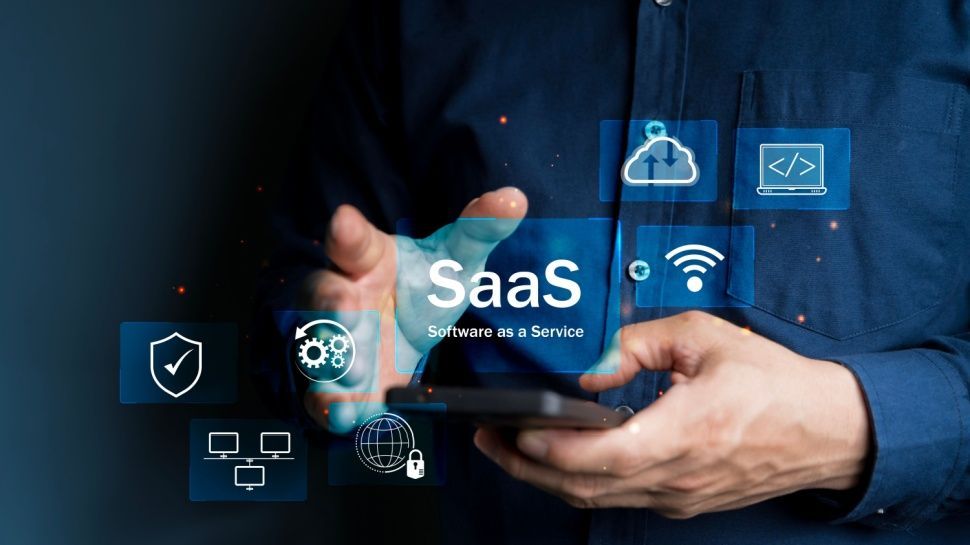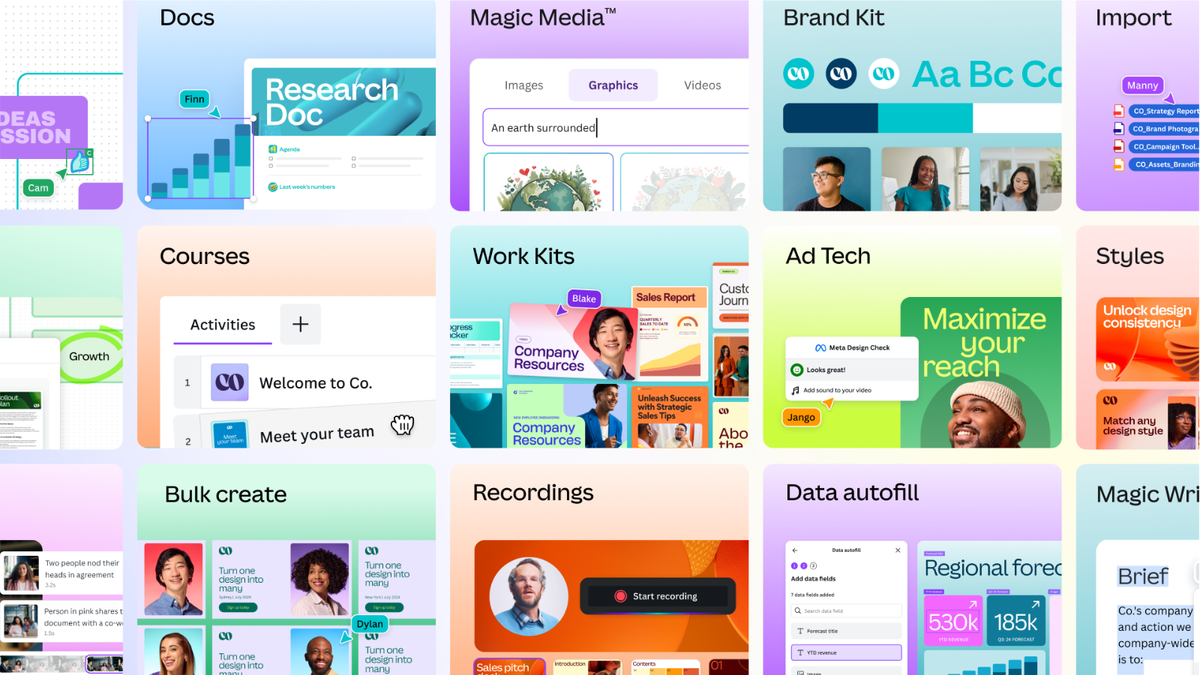As a tech-savvy generation, we embrace new technologies with enthusiasm and enjoy their convenience, among other benefits. However, before these technologies reach us as consumers, businesses go through an adoption process that can seem complicated. As a CEO, I am well aware of the resistance to change that can arise within a company. Misconceptions, perceived high costs, changes to usual workflows, and fear of the unknown are just a few of the reasons.
In my view, forward-thinking leaders must understand the profound benefits these technologies bring and maintain a holistic view of their impact. In addition, it is critical to hire the right people to lead and guide change management. Transformation managers listen before they speak, work with stakeholders to shape the future, build trust through honesty, and tackle difficult problems head-on. They see change as a new skill to develop, not a problem to fix.
With this in mind, let’s look at how adopting certain technologies can address common business challenges, drive long-term growth, and increase agility and efficiency.
Founder and CEO of Innovecs.
AI and Machine Learning: Precision
Let’s say a healthcare technology company is struggling to accurately diagnose diseases due to a large amount of patient data. By integrating AI, the company can analyze information more effectively, identifying patterns and deviations that the human eye might miss. Accurate diagnoses lead to personalized treatment plans and better overall patient outcomes. At the end of the day, the company gains higher quality of service, increased patient satisfaction, and lower operating costs.
Similarly, machine learning can address specific problems in the same enterprise, such as predicting patient visits to manage hospital resources. By adopting machine learning, the enterprise can analyze historical admission data to forecast future patient influx, allowing for better resource allocation and staffing. This results in more efficient hospital operations, reduced patient wait times, and optimized use of medical resources.
Cloud computing and “as a service”: capacity
For example, a gaming company faces issues with server scalability and maintenance during peak hours. By adopting cloud gaming services, this company can dynamically scale its server capacity based on demand, ensuring smooth gameplay without any lag or downtime.
Gamers stream games directly from the cloud, eliminating the need for high-end hardware. After all, this gaming business benefits from lower IT infrastructure costs, a better experience for gamers, and the ability to reach a wider audience.
Internet of Things: Monitoring
Supply chain companies often struggle to track shipments and manage inventory without human error. By implementing IoT solutions, this company can integrate real-time visibility into its supply chain or operations. The technology has proven effective in warehouse management in particular. Smart sensors monitor the status and location of goods during transport, alerting managers of any potential issues such as temperature changes or delays. This real-time data enables quick adjustments, ensuring that products arrive in optimal condition and on time. In the long run, this company benefits from reduced losses, improved efficiency, and increased customer satisfaction.
5G: Connectivity
Imagine a technology collaboration company where connectivity and real-time communication are a challenge, especially for remote teams. With 5G technology, this company can achieve faster and more reliable connections, allowing for seamless video conferencing, instant file sharing, and real-time collaboration without delay. This advanced connectivity improves teamwork, making virtual meetings just as effective as in-person ones. Ultimately, this company sees better communication, increased productivity, and more connected team members wherever they are.
And to be frank, connectivity is the backbone of any business or industry today.
Cybersecurity and digital trust
According to the McKinsey Tech Trends 2024 report, digital trust is essential to managing technology and data risks, driving innovation, and protecting assets. It is all about keeping customer data secure. Building trust in data and technology governance not only improves performance but also strengthens customer relationships. This includes technologies such as digital identity, privacy-enhancing tools, blockchain, etc.
As businesses adopt new technologies like the ones I mentioned above, the need for strong cybersecurity increases. Despite obstacles like integration issues, organizational silos, and talent shortages, achieving digital trust requires strong leadership and strategic changes across the board. Implementing these changes can be challenging, but the rewards are immense.
Final thoughts
While it is possible to manage all of these adoptions in-house, I am sure that understanding the nuances is crucial. For implementation, a specialized team is needed, but it is often more cost-effective to partner with an external provider. A digital partner brings in experts who understand the specific industry inside out and often have first-hand experience, including from on-site visits. Additionally, an external partner offers flexibility and a focus on unique needs.
With a digital partner, you get certified experts, fast response times, and top-notch quality at flexible pricing. Cloud migration and infrastructure expertise ensures smooth transitions and continued access to critical systems and data. This approach not only keeps your systems up-to-date and compliant, but also leverages specialized knowledge to drive your business forward with confidence.
We list the best cloud optimization service.
This article was produced as part of TechRadarPro's Expert Insights channel, where we showcase the brightest and brightest minds in the tech industry today. The views expressed here are those of the author, and not necessarily those of TechRadarPro or Future plc. If you're interested in contributing, find out more here:









